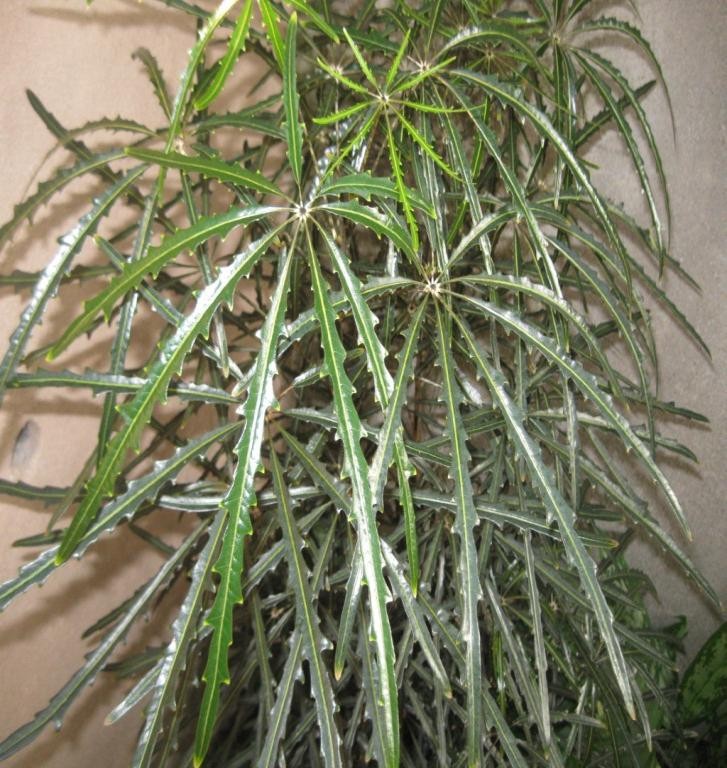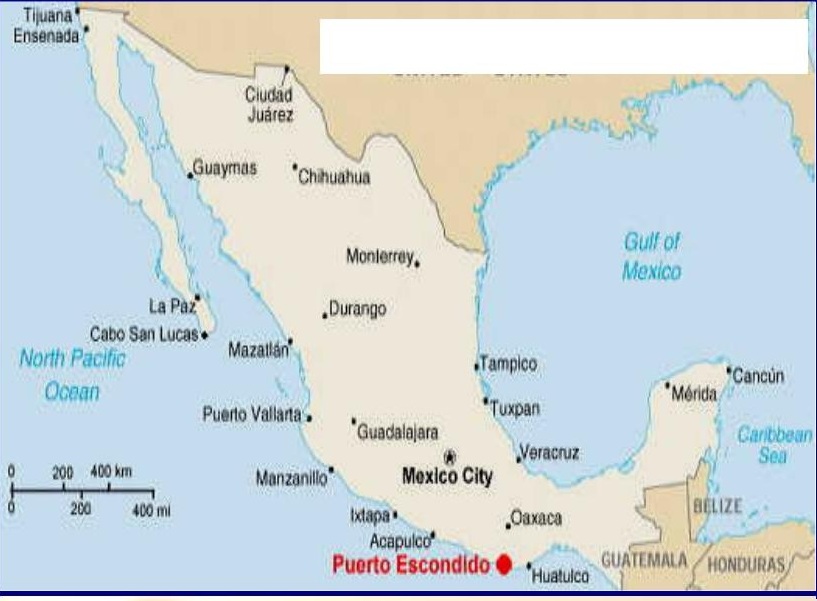By Tommy Clarkson from the June 2014 Edition
(Most everyone knows someone like this. He is the individual who has done it all. Everything you’ve experienced, he’s done better. Recently while flying home, trapped at an altitude of 39,000 feet, one such individual sat next to me. The following is a continuation of this, seemingly, unending experience.)
“You know,” he continued the unending monologue, “I’ve a bit of an international renown for my discoveries in the field of entomology.”
As in the, now normal, monosyllabic response I’d been hence far allowed, I said, “Oh?”
“Why yes, in fact in the Lepidoptera family, it was I that discovered and ultimately had to destroy what the South American newspapers were calling the “Parasitic Plague of Paraguay”, the Vampire Viceroy or, using its
Latin name, Vespertilio-Papilio bloodsuckerous.”
My mouth agape, I had no response to such an assertion.
Once again taking my silence for interest, he continued. “Yes, in all reality they were no longer pure and simple butterflies. In fact, it seems these were a result of accelerated genetic mutation spawned from industrial pollutants from a large yo-yo factory in the region coupled with some rather bizarre species cross breeding between smaller flesh eating jungle bats and a rather rare and elusive, but highly aggressive and large, night flight butterfly species.”
“So hearty and vicious were they that they could easily tear their way through a conventional nylon butterfly or even finely woven high tensile strength fishing net. I had to use a specially made titanium mesh that I dropped from the second canopy of the hardwood jungle upon them as they fed on stacked sides of beef we’d pinned to jungle floor to keep them from flying off with them.“
He paused, longer than usual causing me to jerk my head his direction as silence, heretofore, had not his forte but identification of these creatures was only one-half of this story, continuing, “To avert an international blood bath I was contracted by the World Health Organization to eradicate them. It’s too gruesome to go into but, suffice it to say it entailed a herd of 250 water buffalo, thirteen tons of TNT, 185 fifty-five gallon barrels of double aught buckshot, a Peruvian blow gun and a pack of Fleers baseball card bubble gum.
He sighed deeply somewhat theatrically and muttered, heavy with what seemed to me to be a bit of feigned emotion, “Perhaps someday I will be better able to tell you about it.”
Another pause followed. This was certainly a change of pace from the last non-stop two hours of verbal onslaught from him. But then reality returned.
“In the Coleoptera side of the insect world, I also discovered the thirteen inch long but less than 1/16 of an inch wide – Siberian Fetal Needle Beetle. These unique guys annually burrow deep below, under and across the Arctic Ocean floor commencing their journey in northeastern Siberian so that it can ultimately lay their eggs deep below the Northern Alaska permafrost before returning to their desolate home environs, deep-down in Siberia. Interestingly, at birth the newborns unfurl themselves from the egg in the tightest of fetal knots to ultimately realizing their full, over a foot long, size.”
With pontifical tone he stated, “Indeed, a most interesting insect I found.
Then as if in an afterthought, he added, “Also, unique to them is the fact that they only emerge above ground for less than five minutes after hatching to shed their membranic skin from the eggs in which they developed. So to capture a specimen one has to be at the right place and the right time . . . . and, normally, in -40°F to -60°F temperatures. “Twas the very sort of challenge I so enjoy!”
Seeming to fairly wallow in smug, self-importance he straightened his large haughty self yet taller in the seat that he more than filled, exclaiming, “But perhaps my foremost ‘captures began in the Odanata order or what you lay people would call Dragonflies.”
Attaining a professorial demeanor he went on, “But first, let us discuss that which ultimately led to so much, much more. As you may know, Dragonflies go back over 250 million years ago and Griffenflies – their great-great-grandparents – had a 28 inch wing span.”
He paused, looked at me and then totally surprised me by remembering one of the few things I’d had opportunity to share with him earlier, “In fact as I recall, you mentioned that you are a Jayhawk and your wife grew up a Sooner. Well fossils of this giant invertebrate predator have been discovered in Elmo, Kansas and Midco, Oklahoma!”
“But that all having been noted, let me tell you about the crème de la crème of beauties that I found – or should I say that found me which led me to find so very much more!
With a somewhat wistful look in his eyes, he went on, “It was on the archipelago of Tristan de Cunha in the South Atlantic approximately 1,700 miles from South Africa. In that it is only accessible by boat – and those very few and far between – with hardly 250 residents, I often go there for solitary Zen introspection living off olives, figs and water for a couple of months.”
“At any rate there I was deep inside of a cave, in a state of full meditation, several hundred feet up the harsh rocky mountainside when this enormous dragonfly – reminiscent of, but slightly smaller than, those Griffenflies I mentioned a moment ago – landed on my head. Now one would never expect any manner of such insects on this island in the middle of nowhere, let alone at this altitude . . . to say nothing of one of this specimen’s immensity!”
“Come to find out it had actually flown from deep within the bowels of the cave which, I ultimately learned through exploration, lead to a mammoth theretofore unknown – tropical subterranean cavern perhaps twenty miles by fifteen, deep below the mountain.”
“And, my new found insect friend was but the tip of a prehistoric life form iceberg so to speak! For, within this steamy environ I found a multitude of amazing flora, fauna and insects unknown to contemporary humanity.”
“Why have I not shared this perhaps most amazing find in the history of mankind with the world’s general populous or at least the scientific community you might ask? Well, simply, I fear that humanity is not as humane as we might wish and that in its zeal to explore, identify and catalog it may well kill all of these many, long living and probably last surviving, living entities.”
I was speechless. For all his bombastic rhetoric (if I were to believe him) I caught a glimpse of a truly caring, sensitive and thoughtful individual.
Perhaps, and but so very briefly, as then he said, “Did I tell you about how I single -handedly kept a re-emergence of the Black Plague a couple of years ago?”
Download the full edition or view it online
—
Tommy Clarkson is a bit of a renaissance man. He’s lived and worked in locales as disparate as the 1.2 square mile island of Kwajalein to war-torn Iraq, from aboard he and Patty’s boat berthed out of Sea Bright, NJ to Thailand, Germany, Hawaii and Viet Nam; He’s taught classes and courses on creative writing and mass communications from the elementary grades to graduate level; He’s spoken to a wide array of meetings, conferences and assemblages on topics as varied as Buddhism, strategic marketing and tropical plants; In the latter category he and Patty’s recently book, “The Civilized Jungle” – written for the lay gardener – has been heralded as “the best tropical plant book in the last ten years”; And, according to Trip Advisor, their spectacular tropical creation – Ola Brisa Gardens – is the “Number One Tour destination in Manzanillo”.



